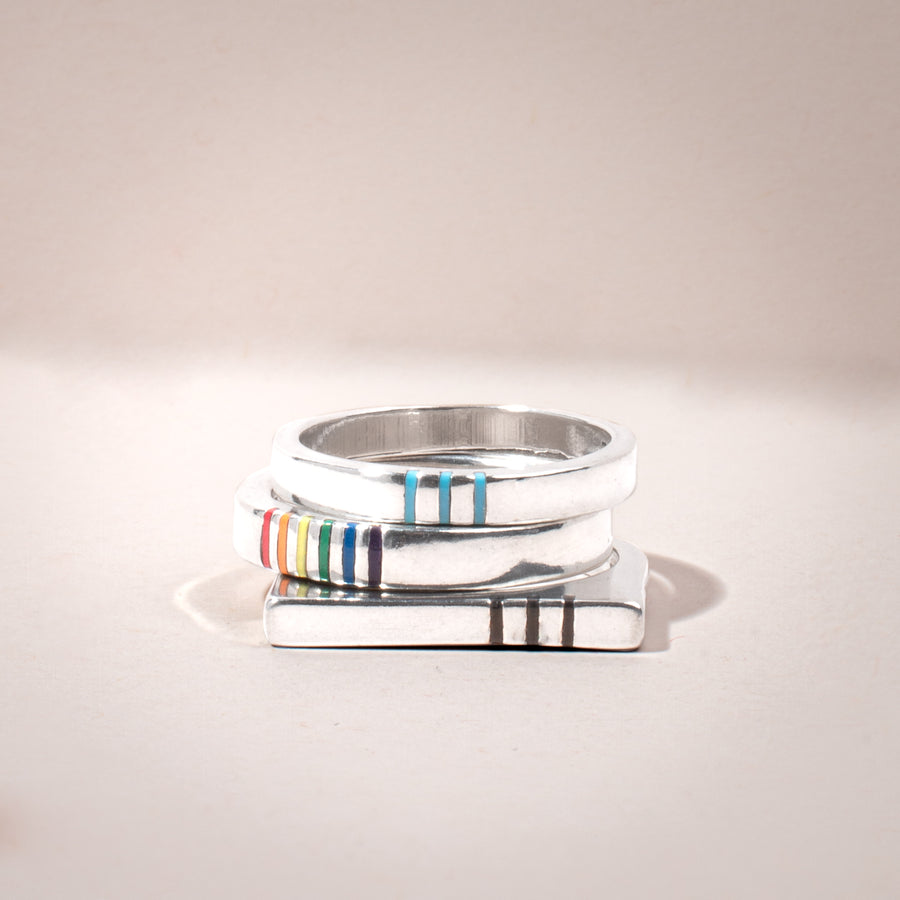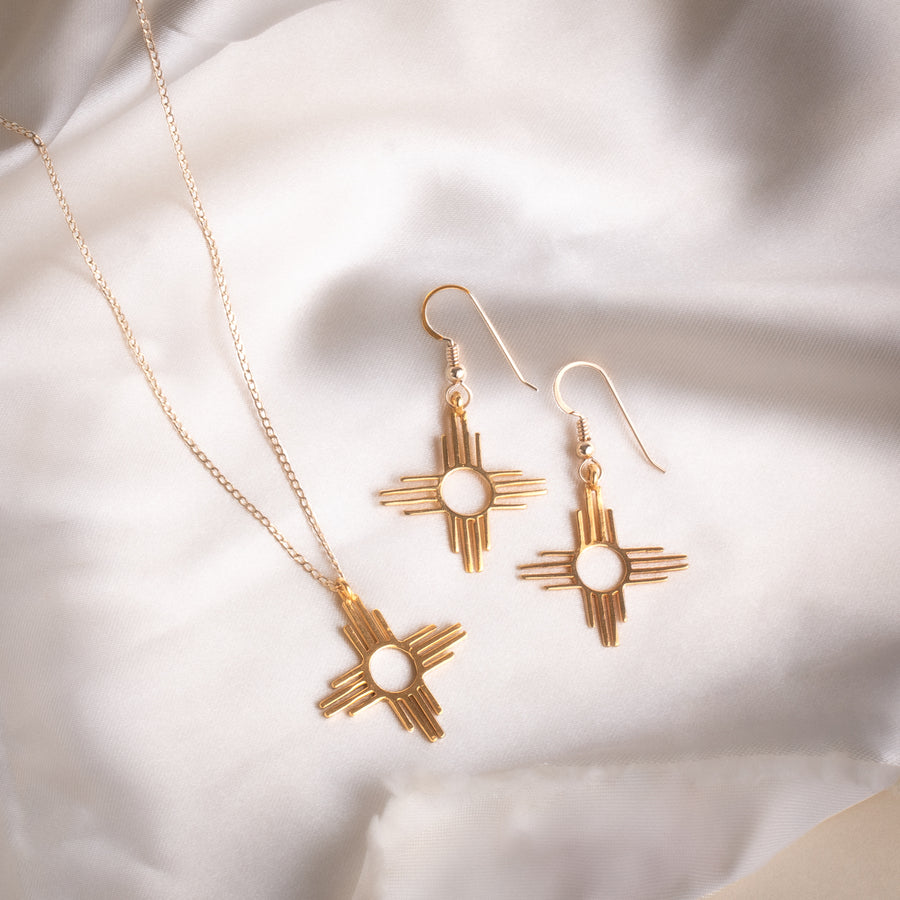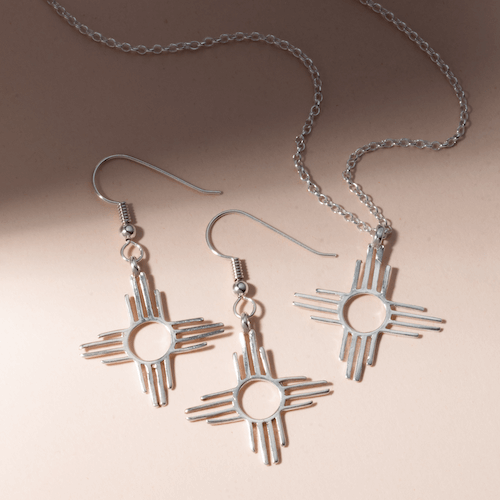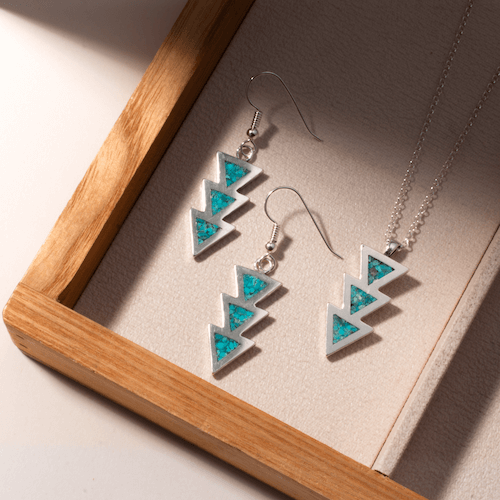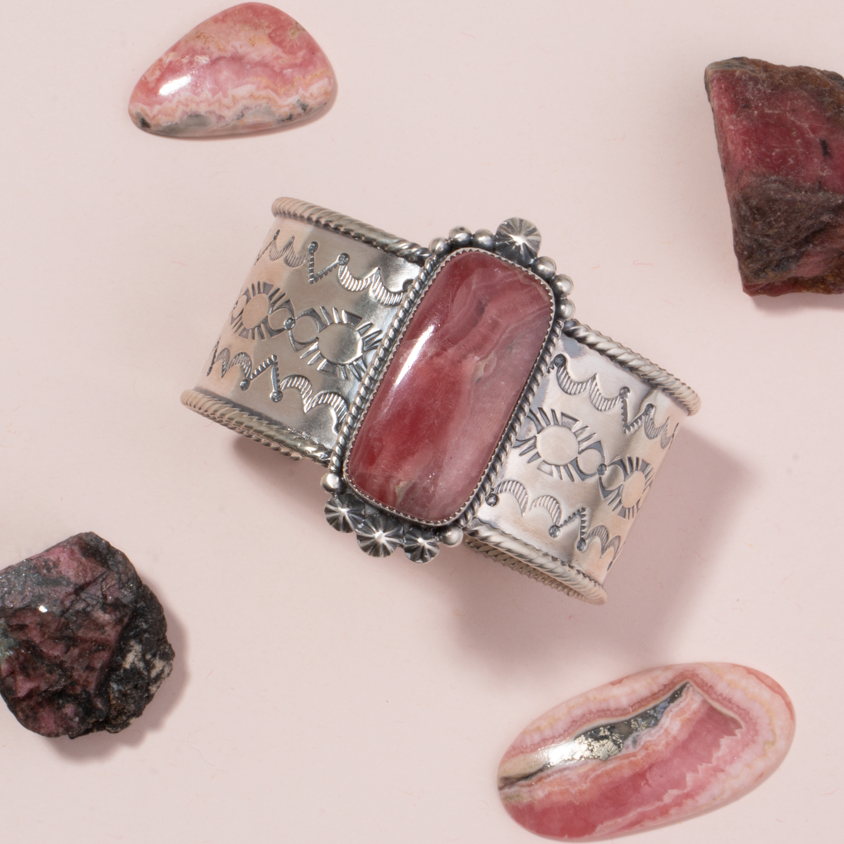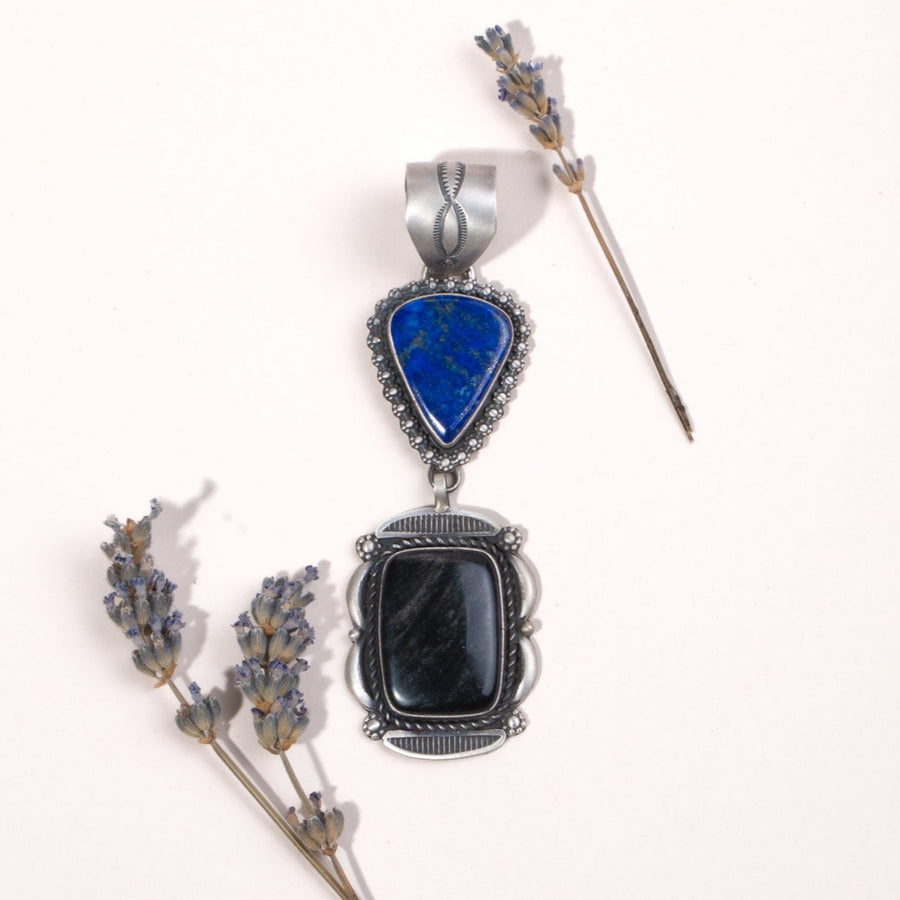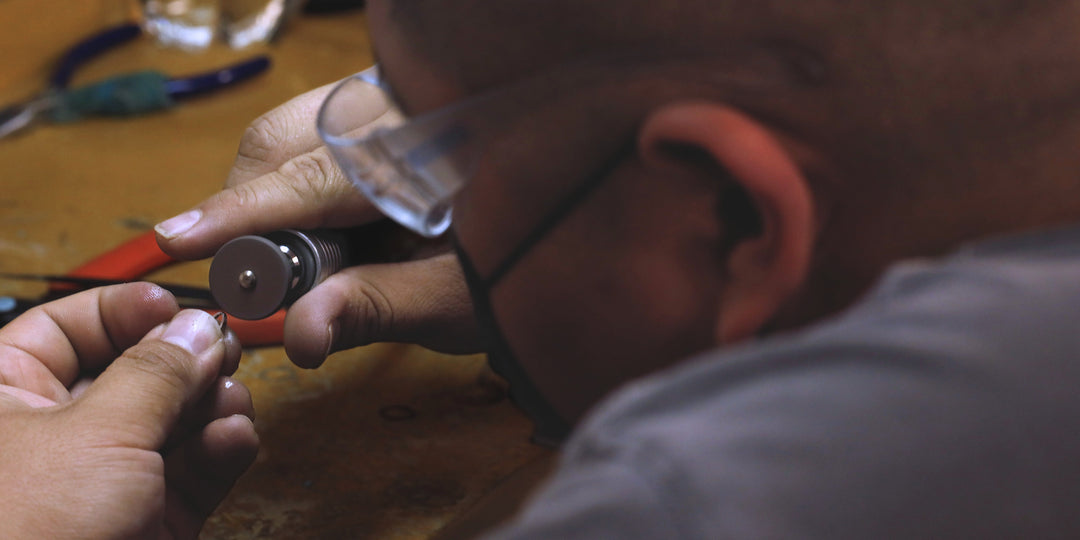To Cut a Turquoise
Though turquoise is only a moderately hard mineral (5-6 on the Moh’s Scale), it is still not an easy mineral to cut. Why? Well, actually there are a couple of reasons. One is in fact the softness and the other has to do with its crystalline structure. Every mineral has a structure—which is the arrangement of atoms that form symmetric patterns. Turquoise has a very interesting structure known as triclinic, which has minimal symmetry. All three-dimensional objects are spatially viewed on three axes. Most structures have at least two angles that are symmetrical across these axes, but in the case of triclinic structure, there is a different angle at every axis.

Because of this asymmetric structuring, turquoise also has what is called “conchoidal” fracturing. This essentially means that when this stone breaks, there are no smooth broken surfaces on which it can be cleaved. Rather, it shatters much in the way that glass does. As one might imagine, this means a cut must be done smoothly and with a steady hand, because a wrong cut could fracture it a leave a pile of asymmetrical stone chunks.
One would think that this stone being a bit softer would make cutting it easier, but is in fact something of which a gem cutter would need to be wary. Due to the fact that one wants to be careful not to break the turquoise as it is being cut (for the above mentioned reason), it is important to know the quality of the stone being worked. Higher quality turquoise can be cut a little thinner whereas lower quality turquoise will need to be cut a little thicker to avoid it breaking. There are a couple of tricks that can be used when cutting turquoise to avoid breakage. For higher quality specimens, soaking it in water first will help create enough of a “barrier” that the stone can be cut without it shattering. For lower quality specimens (which are often more porous and therefore more ‘crumbly’) an outer coat of super glue is sometimes used. The outer glue layer helps to hold the rock together as it is cut.


It is also the case that there is not a specific system of cuts to bring out a beautiful piece of turquoise. It is really up to the cutter’s intuition and experience to guide them in what angles and directions to cut the stone. It is important to bear in mind what type of shape is desired for the end result and to plan the cuts ahead according to the shape of raw piece of material. The raw pieces are usually full of dips and curves that should be considered before cutting begins. This is why many jewelry companies employ experienced gem cutters in order to get the best cuts of turquoise for their jewelry.
Often times—and in fact for over a hundred years as it has been traditionally done by Native jewelry makers—turquoise being cut for the use of jewelry and adornment is given a backing. In order to be used for jewelry, the back of the stone is often ground to a flat surface which detracts much of the natural structural stability and so a backing is added. Whether or not the backing detracts from the authenticity of the stone seems to be a debated issue, but in the case of a stone like turquoise it seems that the backing not only makes it easier to mount or set into jewelry without it cracking, but also helps to protect it afterwards. A stone set with backing is more likely to be able to withstand being fractured (either from wear over time or when hit) because of the added stability the backing gives. A current popular material for backings are various sorts of resins (like polymer or fiberglass) because they are strong, light, and also will not affect the turquoise’s color over time.
Resources:
http://www.minerals.net/mineral/turquoise.aspx
http://www.mindat.org/min-4060.html
http://www.durangosilver.com/how-to-cut-turquoise-video.html
